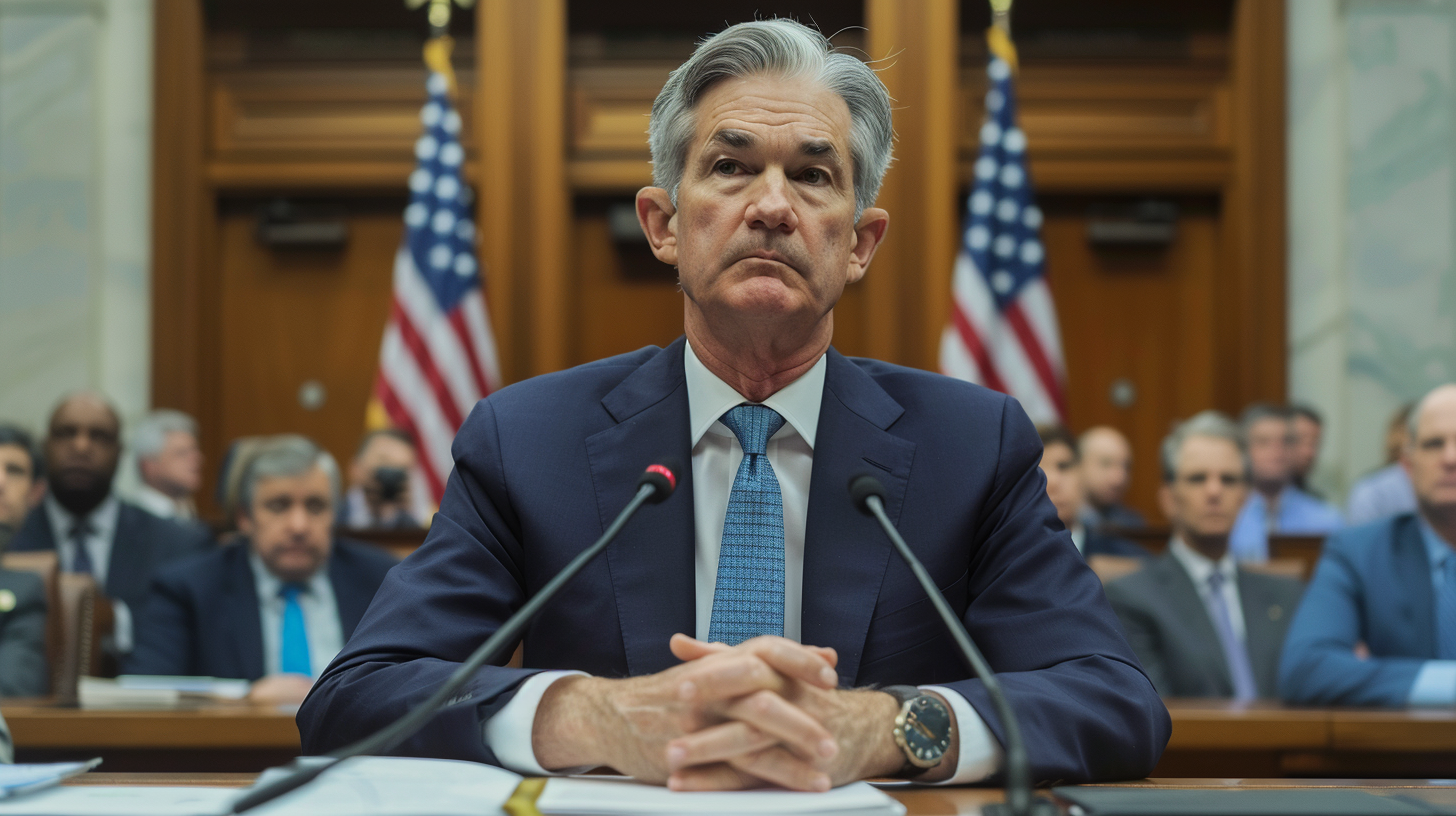The Federal Reserve is positioning for interest rate cuts in 2025, but internal divisions over timing and magnitude are creating uncertainty that savvy investors can capitalize on. Recent FOMC meeting minutes reveal a central bank walking a tightrope between economic resilience and emerging warning signs. With rates held at 4.25% to 4.5% for the fourth consecutive meeting, Fed officials acknowledge that “most participants assessed that some reduction” would be appropriate before year-end. The drivers are clear: job growth is moderating, consumer spending is weakening, and policymakers believe tariff-related inflation pressures will prove “temporary and modest.”
However, the timeline remains contentious. Some officials floated cuts as early as July’s meeting, while others advocate waiting until 2026. This split reflects conflicting economic signals that make the Fed’s job increasingly complex. The data tells a nuanced story—June’s job growth of 147,000 exceeded expectations, pushing unemployment down to 4.1%, yet consumer spending declined for two consecutive months, and retail sales dropped 0.9% in May, suggesting Americans are pulling back on discretionary purchases. President Trump’s evolving tariff strategy adds another layer of complexity, with fresh threats of 200% duties on pharmaceuticals and shifting trade negotiations creating policy uncertainty, though recent data shows tariffs haven’t significantly impacted consumer prices.
For investors focused on publicly traded middle market companies, this rate environment represents both challenge and opportunity. These firms—typically valued between $100 million and $3 billion—occupy a strategic sweet spot between agile private companies and rate-insulated mega-caps. Middle market companies are particularly sensitive to interest rate changes because they rely more heavily on traditional debt financing for growth, face direct impacts on borrowing costs and capital allocation decisions, and trade at valuation multiples that respond quickly to rate expectations.
If aggressive rate cuts materialize, middle market stocks could experience significant multiple expansion. Lower debt servicing costs would boost margins while improved investor sentiment drives capital toward growth-oriented sectors like technology, manufacturing, and specialty services. Conversely, if cuts are delayed or modest, capital costs remain elevated, pressuring margins and slowing expansion plans. In this scenario, companies with fortress balance sheets and disciplined cash management will outperform leveraged peers.
Despite internal disagreements, the Fed’s message is clear: they’re ready to act when data justifies it. This creates a compelling setup for investors willing to position ahead of the eventual pivot. Middle market stocks with strong fundamentals appear particularly attractive, as rates normalize and these companies could benefit from renewed investor appetite for undervalued growth stories, improved access to capital markets, and enhanced M&A activity as strategic buyers regain confidence.
The Fed’s cautious approach to rate cuts reflects genuine economic uncertainty, but history suggests that patient investors who position during periods of policy transition often capture the most upside. For middle market investors, the current environment offers a rare opportunity to acquire quality companies at reasonable valuations before the market fully prices in lower rates. The key is identifying businesses with strong competitive positions, manageable debt loads, and clear paths to growth once monetary conditions ease. The spotlight is about to return to middle market stocks—the question is whether investors will be ready.












